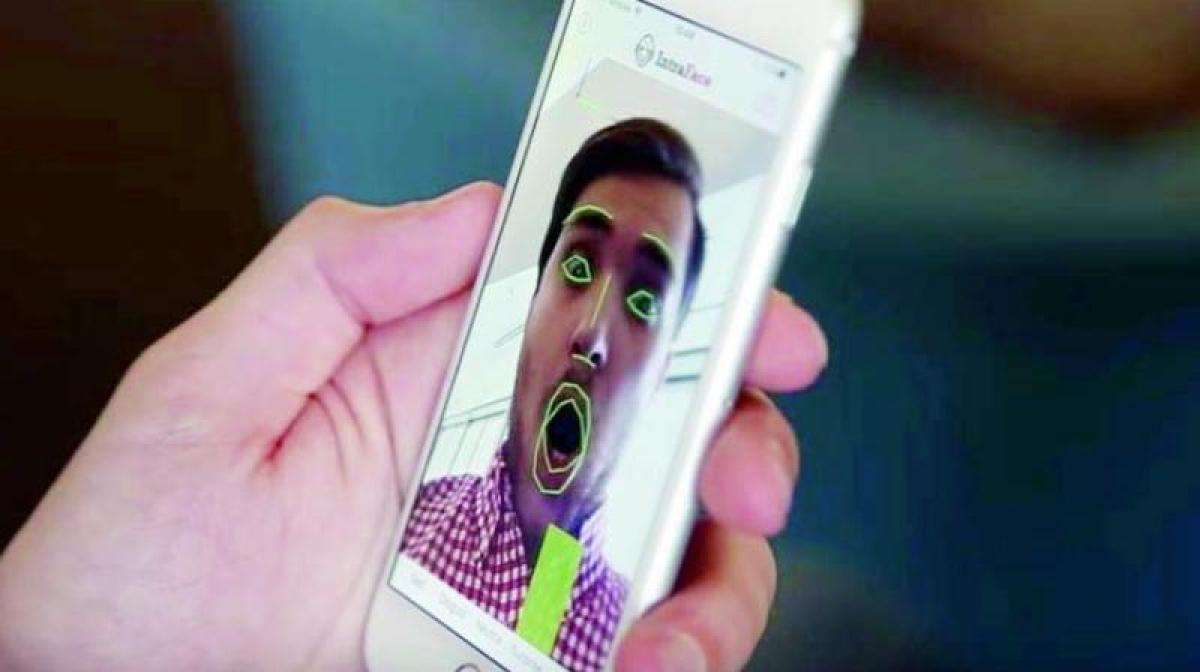Just In

The brain seems to become very good at recognising things that an individual sees often, and poor at recognising things that it never or rarely sees.
Facial recognition is not an innate ability, but a skill that forms through experience, a study in monkeys has found. Working with macaques temporarily deprived of seeing faces while growing up, the researchers from the Harvard Medical School in the US has found that regions of the brain that are key to facial recognition form only through experience and are absent in primates who do not encounter faces while growing up.
The finding, published in the journal Nature Neuroscience, sheds light on a range of neuro-developmental conditions, including those in which people can not distinguish between different faces or autism, marked by aversion to looking at faces.
Macaques - a close evolutionary relative to humans, and a model system for studying human brain development – form clusters of neurons responsible for recognising faces in an area of the brain called the superior temporal sulcus by 200 days of age.
The relative location of these brain regions, or patches, are similar across primate species. That knowledge, combined with the fact that infants seem to preferentially track faces early in development, led to the longstanding belief that facial recognition must be inborn, said Margaret Livingstone from Harvard Medical School.
However, both humans and primates also develop areas in the brain that respond to visual stimuli they have not encountered for as long during evolution, including buildings and text.
The latter observation puts a serious wrench in the theory that facial recognition is inborn. To better understand the basis for facial recognition, Livingstone, along with postdoctoral fellow Arcaro and research assistant Schade, raised two groups of macaques.
The first one, the control group, had a typical upbringing, spending time in early infancy with their mothers and then with other juvenile macaques, as well as with human handlers.
The other group grew up raised by humans who bottle-fed them, played with and cuddled them - all while the humans wore welding masks.
For the first year of their lives, the macaques never saw a face - human or otherwise. At the end of the trial, all macaques were put in social groups with fellow macaques and allowed to see both human and primate faces.
When both groups of macaques were 200 days old, the researchers used functional MRI to look at brain images measuring the presence of facial recognition patches and other specialised areas, such as those responsible for recognising hands, objects, scenes and bodies.
The macaques who had typical upbringing had consistent "recognition" areas in their brains for each of these categories.
Those who had grown up never seeing faces had developed areas of the brain associated with all categories except faces. The findings suggest that sensory deprivation has a selective effect on the way the brain wires itself.
The brain seems to become very good at recognising things that an individual sees often, and poor at recognising things that it never or rarely sees.

© 2024 Hyderabad Media House Limited/The Hans India. All rights reserved. Powered by hocalwire.com







